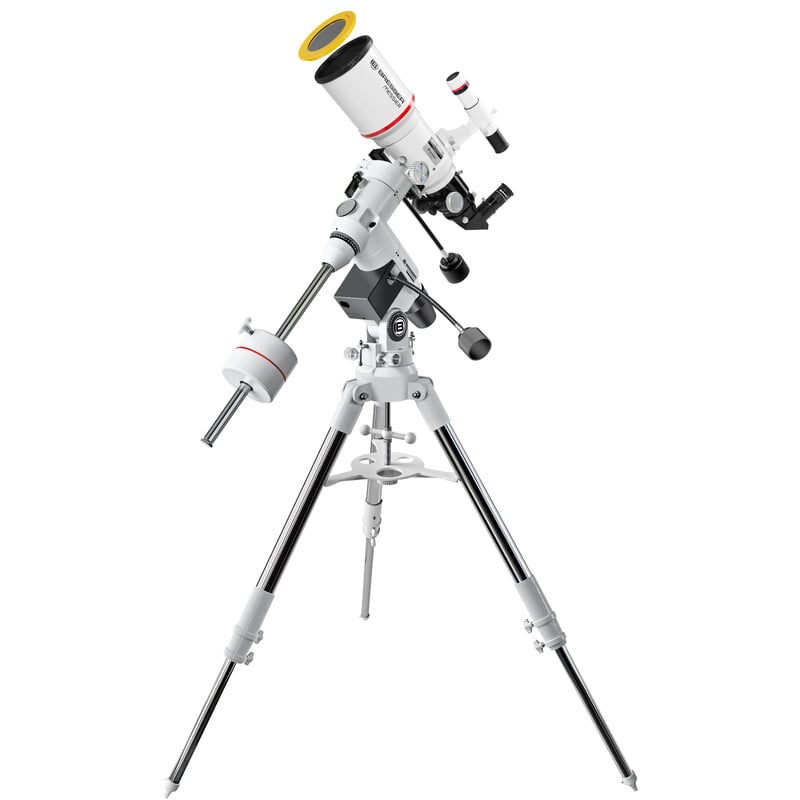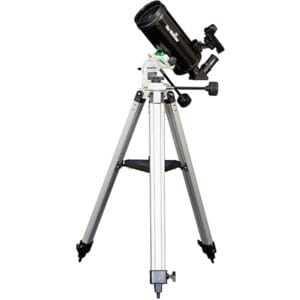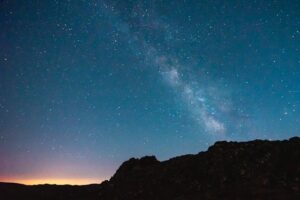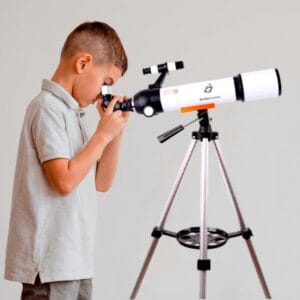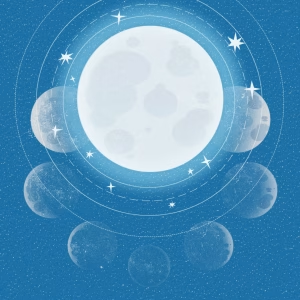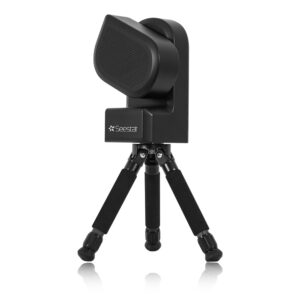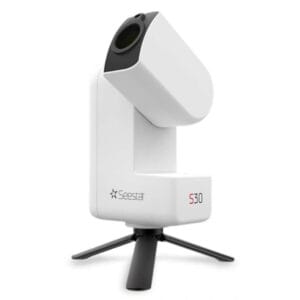Our solar system is a beautiful and special place, consisting of the sun and the eight planets orbiting it. Each of these planets has unique characteristics and offers countless interesting facts to discover. In this blog post, we will explore the planets in order of their distance from the sun, discuss their main features, and share some fascinating facts about each planet. This guide is perfect for kids and anyone who wants to learn more about our solar system.
Planetary order in our solar system
The planets in our solar system are arranged according to their distance from the sun. The order is as follows:
- Mercury
- Venus
- Earth
- Mars
- Jupiter
- Saturn
- Uranus
- Neptune
The image below shows the planets. Mercury is closest to the sun.

Mercury
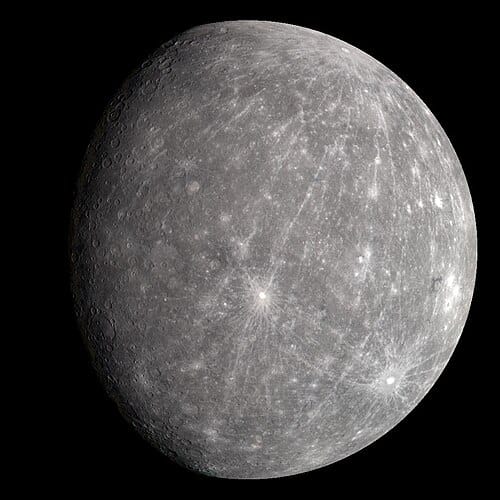
Features:
- Mercury is the smallest planet in our solar system.
- It has no atmosphere, which means temperatures vary extremely between day and night.
- Mercury has a rocky surface full of craters, similar to our moon.
Interesting facts:
- Mercury orbits the sun fastest, with an orbital period of only 88 days.
- Despite its proximity to the sun, Mercury is not the hottest planet; that honor goes to Venus.
Venus
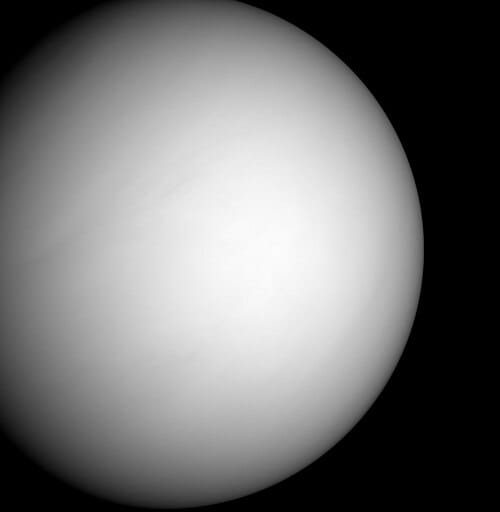
Features:
- Venus has a thick, toxic atmosphere composed mainly of carbon dioxide.
- Venus' surface is covered with volcanoes and dense clouds of sulfuric acid.
- Venus rotates in the opposite direction of most planets, a movement called retrograde rotation.
Interesting facts:
- Venus is often called Earth's ‘sister planet’ because of their similar size and composition.
- Venus has the highest temperatures in our solar system, with surface temperatures hot enough to melt lead.
Earth
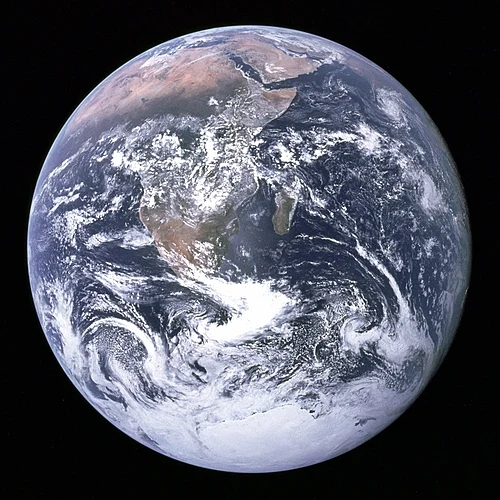
Features:
- Earth is the only planet in our solar system with liquid water on its surface.
- It has an atmosphere that contains oxygen, making life as we know it possible.
- The Earth has one natural satellite, the moon.
Interesting facts:
- 70% of the Earth's surface is covered with water.
- Earth's atmosphere protects us from harmful radiation and meteoroids.
Mars
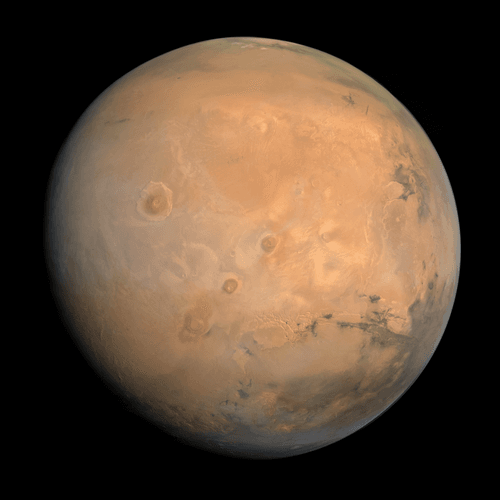
Features:
- Mars is known as the ‘Red Planet’ because of its iron oxide-rich soil that gives it a reddish color.
- The planet has the largest volcano in the solar system, Olympus Mons.
- Mars has a thin atmosphere consisting mainly of carbon dioxide.
Interesting facts:
- Mars has two moons, Phobos and Deimos.
- Scientists believe there was liquid water on Mars in the past, and they are still looking for signs of past life.
Jupiter
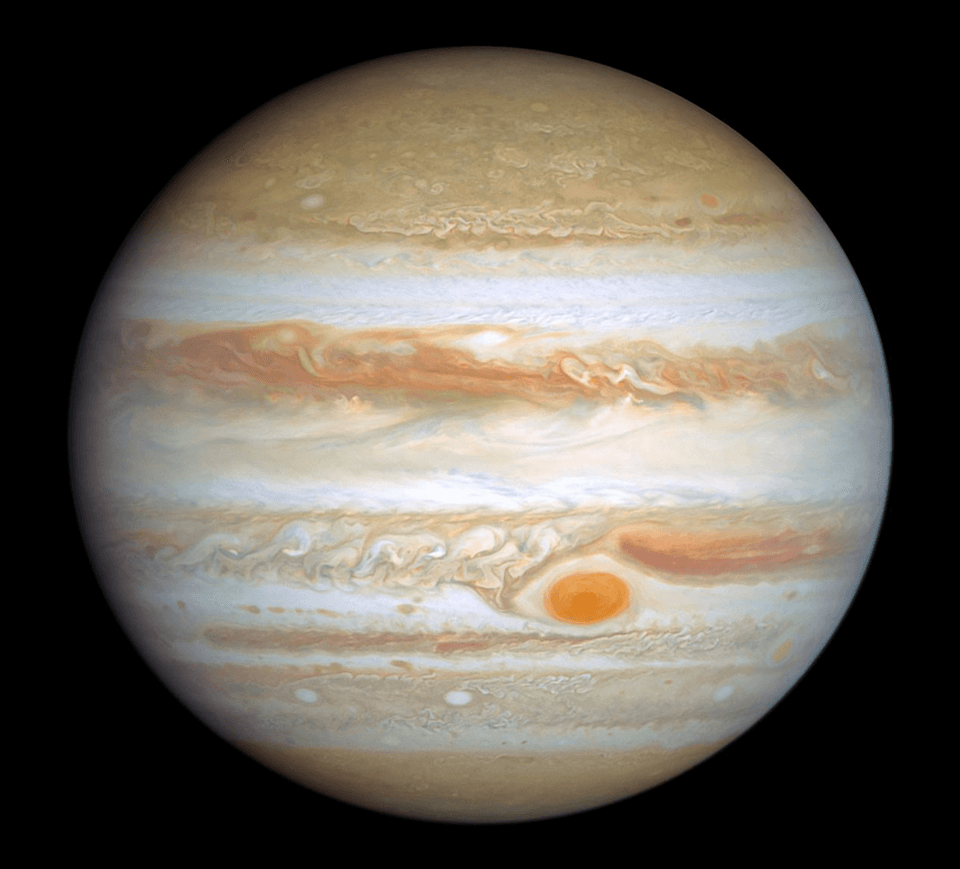
Features:
- Jupiter is the largest planet in our solar system.
- It is a gas giant composed mainly of hydrogen and helium.
- Jupiter has a famous Great Red Spot, a giant storm that has been raging for at least 400 years.
Interesting facts:
- Jupiter has at least 79 moons, with Ganymede being the largest.
- The planet has a powerful magnetic field and radiation belts.
Saturn
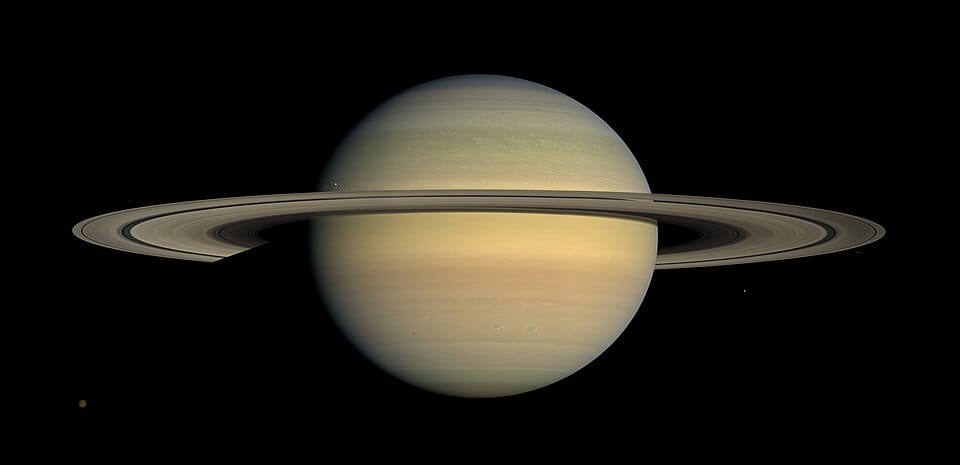
Features:
- Saturn is famous for its beautiful rings, which consist mainly of ice particles and rock fragments.
- It is also a gas giant and is very similar to Jupiter in composition.
- Saturn is the second largest planet in our solar system.
Interesting facts:
- Saturn has at least 83 moons, including Titan, which is larger than the planet Mercury.
- Saturn's rings are thousands of kilometers wide, but only 10 meters thick on average.
Uranus

Features:
- Uranus has a unique tilt, so it orbits the sun virtually on its side.
- It is an ice giant, with an atmosphere composed mainly of hydrogen, helium and methane.
- Uranus has a blue-green color because of the methane gas in its atmosphere.
Interesting facts:
- Uranus has at least 27 moons and 13 known rings.
- The planet has an extremely cold atmosphere with temperatures dropping to -224 degrees Celsius.
Neptune
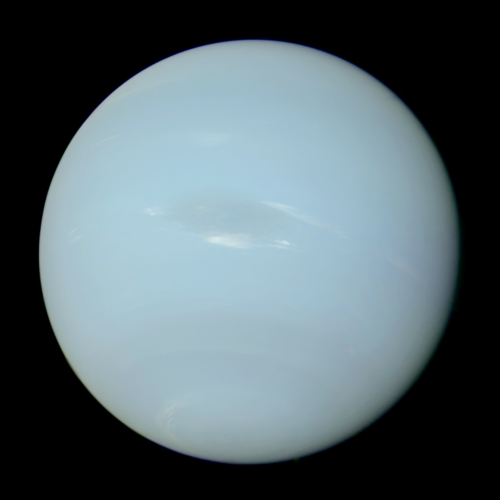
Features:
- Neptune is the farthest planet from the sun.
- It is also an ice giant and has strong winds, the fastest in the solar system.
- Neptune has a deep blue color due to the presence of methane gas in its atmosphere.
Interesting Facts:
- Neptune has 14 known moons, with Triton being the largest.
- The planet was discovered through mathematical predictions before it was directly observed.
Comparing planets: a journey through variation
By comparing planets, you really discover how diverse our solar system is. The four inner planets - Mercury, Venus, Earth and Mars - are composed mostly of rocks and metals, while the outer planets - Jupiter, Saturn, Uranus and Neptune - are giant balls of gas or ice. Each of these worlds has unique characteristics: from storms that rage for centuries to temperatures that freeze or burn everything. By putting them side by side, you'll learn not only about their differences, but more importantly what they tell us about planet formation and evolution.
The discovery of planets: from eye to telescope
Thousands of years ago, people were already looking up and seeing five ‘stars’ that moved differently from the rest: the visible planets. These ancient observations marked the beginning of a long journey of discovery. Thanks to the invention of the telescope in the 17th century, it became possible to see further than ever before. Uranus, Neptune, and later dwarf planets like Pluto were discovered. And with modern spacecraft, we can now see details that were previously unthinkable.
Moons: small worlds with big stories
Not only planets are fascinating - their moons tell equally extraordinary stories. Think of Io, Jupiter's volcanically active moon, or Europa, with possibly an ocean beneath its ice. Even our own Moon continues to amaze scientists. In all, our solar system has more than 200 known moons, each with its own geological and atmospheric secrets.
Ready to view planets on your own?
With a telescope, you see more than points of light:
✓ the rings of Saturn
✓ the cloud bands of Jupiter and its four largest moons
✓ the phases of Venus
✓ craters and seas on our Moon
✓ and in good conditions even the disk of Mars
Visit our telescopes page for beginners for carefully selected models that allow you to directly explore the planets in our solar system.
Please also keep our blog page keep an eye out - we publish three new articles every week full of insights, tips and surprising facts for every star lover.

